Travel photography holds the power to preserve memories and capture the beauty of diverse cultures. However, with this power comes the responsibility to approach portraiture ethically and respectfully, ensuring that the subjects and their culture are portrayed in a positive light. In this detailed guide, we explore specific tips for capturing stunning travel portraits while upholding the principles of ethics and cultural respect.
Seek Permission Before Shooting:
Why: Always ask for permission before photographing individuals. This not only respects their privacy but also establishes a connection between you and the subject.
How: Approach with a friendly demeanor, show the camera, and ask non-verbally if it's okay to take a photo. Learn basic phrases in the local language to enhance communication.
Build Connections and Engage:
Why: Engaging with the locals fosters a sense of trust and authenticity, resulting in more genuine portraits.
How: Spend time in the community, participate in local activities, and show genuine interest in people's lives. Smile, be open, and let them see the person behind the camera.
Capture Candid Moments:
Why: Candid shots often convey the raw, authentic essence of a culture without the posed nature of staged portraits.
How: Be patient, observe daily life, and capture spontaneous moments. This can include market scenes, children playing, or individuals engaged in their work.
Respect Cultural Sensitivities:
Why: Different cultures have varying beliefs and customs regarding photography. Respect these sensitivities to avoid causing discomfort or offense.
How: Research local customs and taboos regarding photography. Avoid taking pictures in sacred places or of individuals who express discomfort.
Use a Longer Lens for Candidness:
Why: Longer lenses allow you to capture candid moments without intruding on personal space.
How: Use a telephoto lens (e.g., 85mm or 70-200mm) to maintain a comfortable distance while capturing intimate details and expressions.
Tell Their Story with Context:
Why: A portrait gains depth when it tells a story about the subject and their environment.
How: Include context in your shots—whether it's the subject's home, workplace, or the surrounding landscape. This adds layers to the narrative.
Avoid Exploitative Imagery:
Why: Strive to portray individuals with dignity and respect, avoiding images that may perpetuate stereotypes or present a distorted view of their culture.
How: Be conscious of the narratives your photos may convey. Focus on showcasing the positive aspects of a community rather than reinforcing clichés.
Offer Prints or Digital Copies:
Why: Share the fruits of your photography with the subjects by offering prints or digital copies. This builds a collaborative and reciprocal relationship.
How: Carry a portable printer or share digital copies through a smartphone or tablet. This gesture fosters goodwill and allows the subjects to have a tangible memory.
Why: Be a responsible traveler by contributing to the local economy. Purchase goods or services from the community you photograph.
How: Buy locally made crafts, dine in local establishments, or hire guides from the community. This helps create a positive impact beyond your photographic endeavors.
Reflect and Learn:
Why: Continuous learning is key to ethical travel photography. Reflect on your experiences, seek feedback, and adjust your approach accordingly.
How: Engage with other photographers, read about cultural sensitivities, and be open to evolving your approach based on the lessons you learn.
Remember, ethical travel photography is an ongoing practice that requires mindfulness, cultural awareness, and a genuine appreciation for the communities you encounter. By following these specific tips, you can create a collection of travel portraits that not only showcase the beauty of diverse cultures but also honor the individuals who graciously share their stories with you.
Related Blogposts -




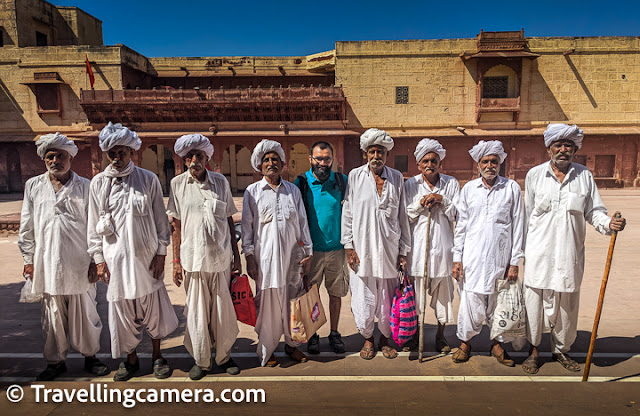




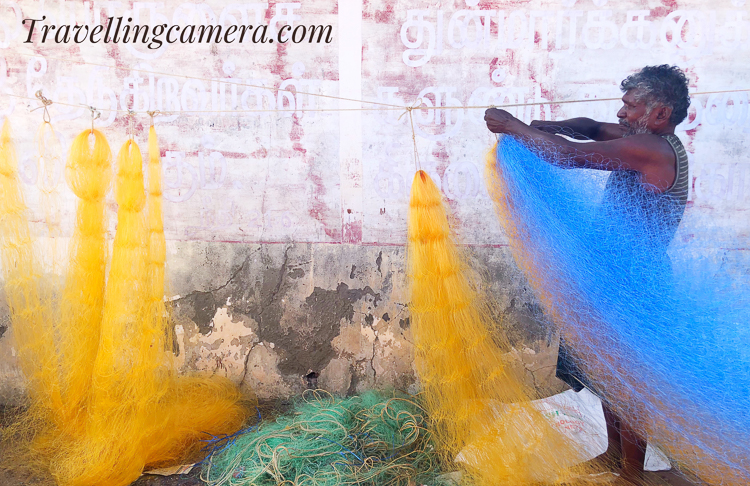

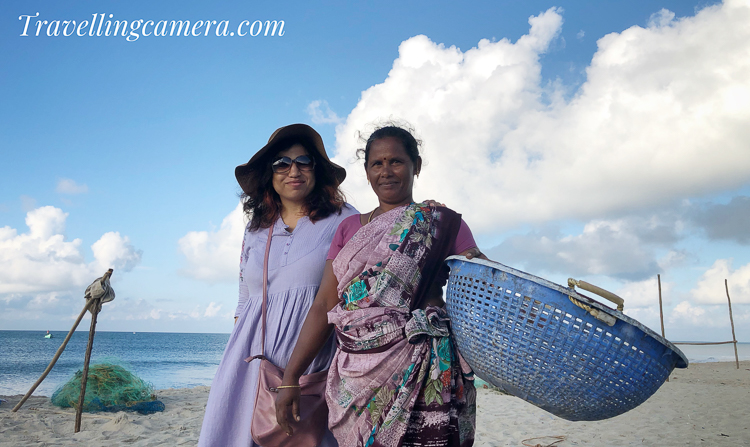
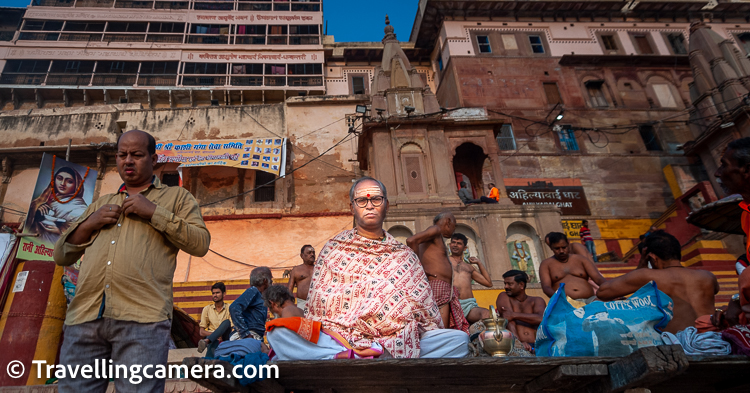
.jpg)
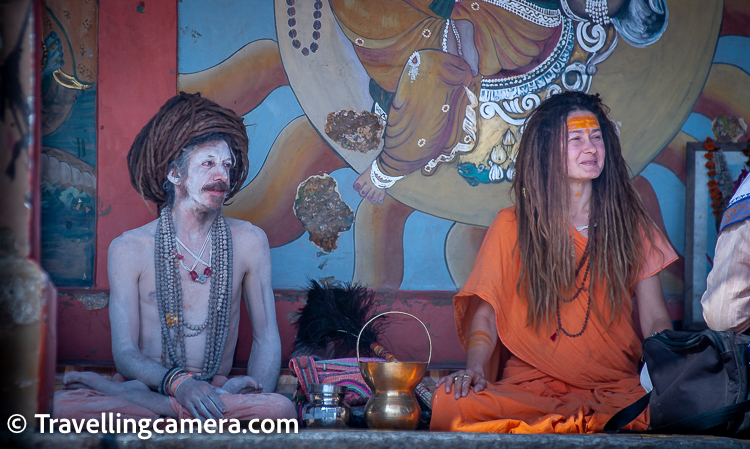

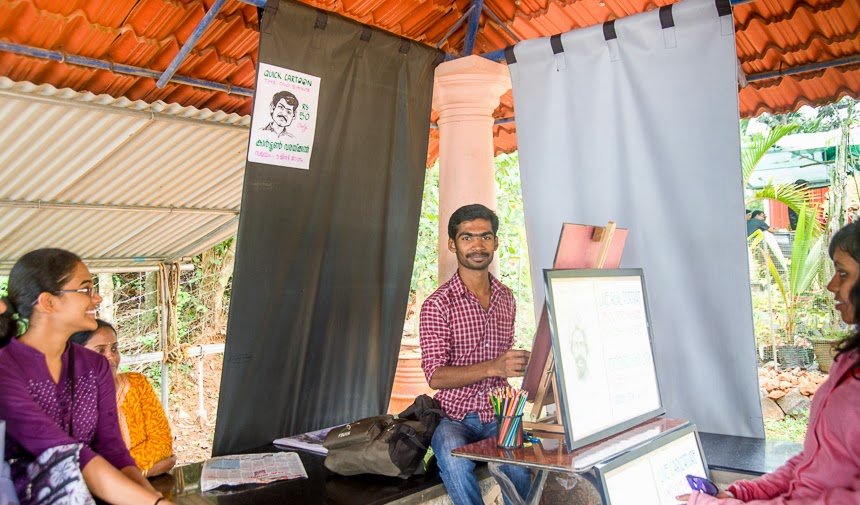

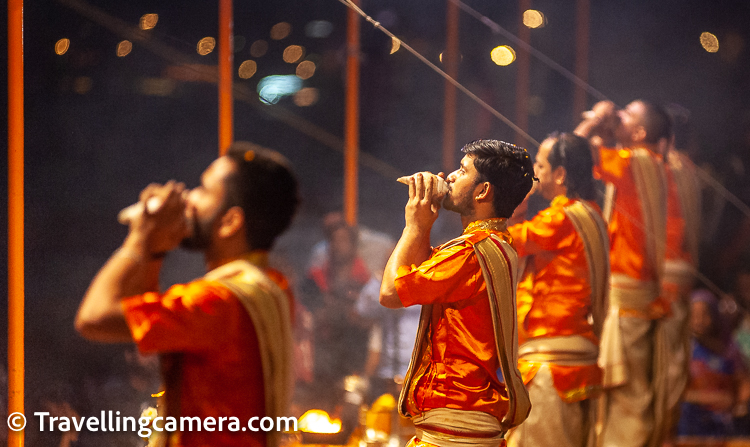















.jpg)
Comments